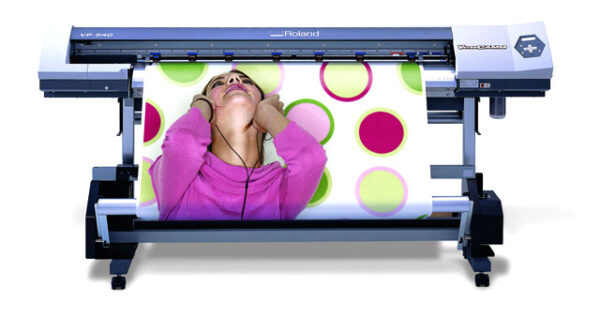If you’re looking to print banners, you’ve probably been around to a lot of printing services around Newbury Park. And although some of them might have different ideas as to what makes a good poster or how to display them, there are a few things that all good advice will probably have in common.
Use Good Images
This seems so obvious that most people overlook it. But the images are likely going to form the focal point of your entire banner. Whether you’re using it as an informational sign or something to advertise with, you’re going to want to pick images that express what you want without setting up any false expectations. For example, if you’re trying to get people interested in a company picnic, you’re probably not going to want an image of someone working at a desk, since it might imply that it’s not a picnic. Just more work.
Limit Your Use of Text
A banner isn’t generally designed to give a lot of information—especially not in a tagline or header. Just enough to entice someone to read details further down or to do some investigation on their own. For example, if you put a QR code on your banner, you will need to make the text and images interesting enough to get people to scan it and find out more.
Colors and Contrast
Although some prefer a color palate that is more subtle and muted, it generally isn’t a good idea to use softer colors. You won’t be able to get the point across visually as well as you’ll probably want, and your banner won’t be as effective. Rather, use vibrant colors that stand out and draw your audience’s attention. I’m not saying you should overpower the viewer with bright colors and never use soft colors. But just try to stay away from soft main colors.
The second half of this point has to do with contrast. Your text and images won’t do any good if nobody can see them, so you have to ensure that you don’t have similar colors on top of one another. If you find this is an issue on your banner, you’ll want to consider a redesign, or at least changing one of the colors to something easier to differentiate. For example, yellow on orange is hard to see. Yellow on a dark brown isn’t.
Sizing and Space Usage
How big does your banner need to be? Six feet tall by two feet wide? Twenty feet wide by ten feet tall? There are many different uses for banners, so they naturally come in all shapes and sizes. If you know where your banner will be, figure out what dimensions you want, and plan the size accordingly. Just remember to leave some dead space on the wall or wherever you’re going to put it so it doesn’t seem you’re trying to overpower the entire area.
Space usage can be a little tricky for some people to master. After all, the bigger your banner, the more stuff you can put on it, right? Wrong. Just because you have a bigger poster doesn’t necessarily mean you should put more elements on it. Sure, you could. But it’s not a good idea, since you’ll just end up overpowering your audience and turning them off. Keep your visual and textual message simple and direct, and people will respond better.
Whether you’re going to printing services in Newbury Park as a professional or a raw amateur, the people there will be able to help you design a banner. However, being armed with a little bit of knowledge of what to think about in the design can go a long way in making the very best banner you can get.

